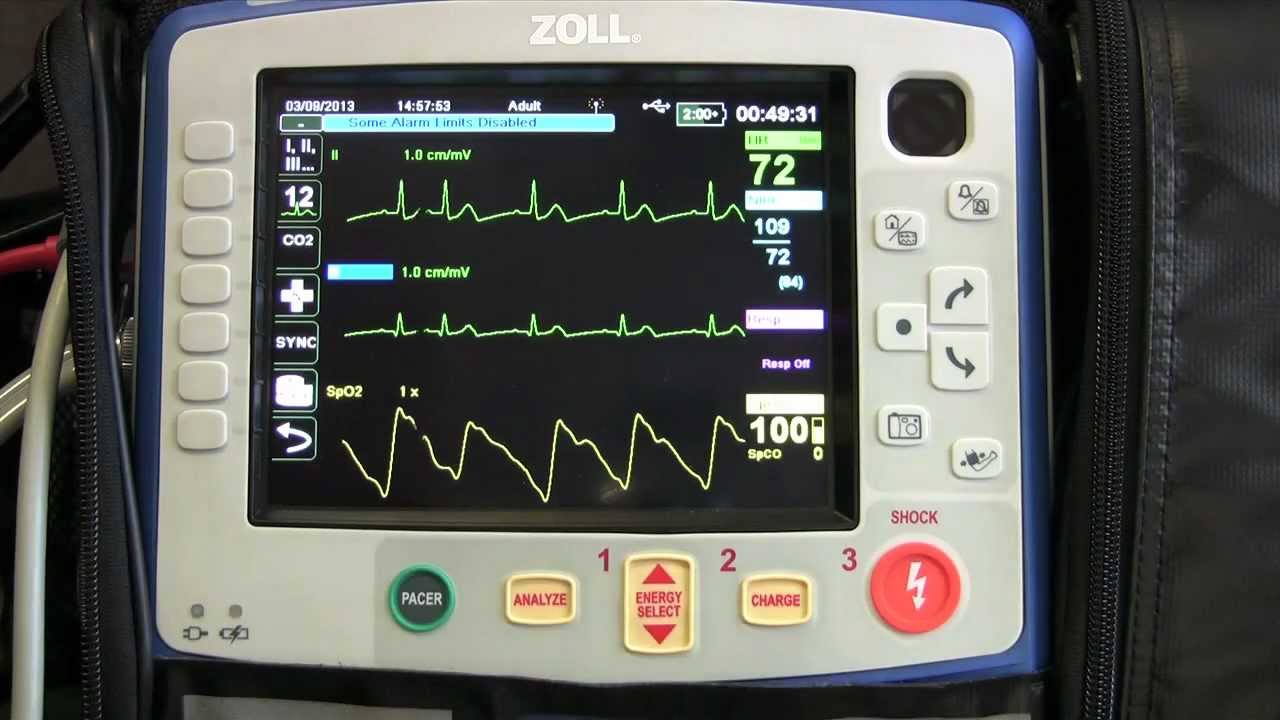
Sinus rhythm ECG: normal rate, tachycardia, values at the limits of the norm
“Sinus rhythm” typically appears on EKG reports. An example is “Tracing characterized by the presence of sinus rhythm”
This shouldn’t scare the patient at all, it’s actually a good sign. Let’s see why.
Sinus rhythm: what is it?
With “sinus rhythm” in medicine we refer to the physiological rhythm with which the heart muscle contracts.
The term “sinus” derives from the atrial sinus node, i.e. a part of the heart where the physiological pacemaker is located, that part which determines the origin of the cardiac impulse which – propagating along the heart – regulates the frequency and rhythm of the contractions of the atrium and cardiac ventricle.
The alteration of the sinus node is the cause of the onset of various types of cardiac arrhythmias, characterized by the disappearance of the sinus rhythm, clearly detectable with an electrocardiogram (ECG).
When is the rhythm non-sinus?
The rhythm is NOT sinus in some types of cardiac arrhythmia, for example in atrial fibrillation or ventricular fibrillation, conditions that can endanger the patient’s life either indirectly (for example, the increased blood coagulability in chronic atrial fibrillation exposes the patient to increased risk of embolism and therefore of myocardial infarction and cerebral stroke) than directly (cardiac arrest in ventricular fibrillation).
Sinus rhythm: when is it normal and when is it not?
A sinus rhythm is considered “normal” when it has a rate between 60 and 100 beats per minute.
Two types of frequency alterations are possible:
- tachycardia: sinus rhythm with a frequency above 100 beats per minute;
- bradycardia: sinus rhythm with a frequency below 60 beats per minute.
Obviously tachycardia and bradycardia are not alone indicators of disease.
For example, it is absolutely normal, even for a healthy subject, to have transient tachycardia when performing large typical efforts or when he has a sudden strong emotion.
Bradycardia can also be normal, for example during sleep or when we are extremely relaxed, for example during yoga, and it is also quite common in professional athletes.
In other cases, however, these heart rate alterations – especially if they are NOT transient – can be alarm bells of a pathology or can themselves cause a pathology, for example severe bradycardia may not allow the heart to pump adequate amounts of blood in circle.
Sinus tachycardia and pathologies
Sinus rhythm increases and becomes tachycardic as a result of various conditions and pathologies, such as:
- shock,
- myocardial ischemia,
- severe anemia,
- hypertension,
- pulmonary embolism,
- heart failure.
These pathologies are potentially serious and fatal, and require the use of specific pharmacological therapies.
Increased sinus rhythm can also be caused by:
- some drugs,
- alcohol,
- cigarette smoke,
- abuse of coffee, tea and drinks containing caffeine,
- some exciting food supplements (ginseng, ginko biloba, guarana…).
The symptoms that typically indicate sinus tachycardia are palpitations, sometimes associated with anxiety and shortness of breath, if associated with pain and without tightness in the chest, it is important to seek medical assistance as soon as possible.
To resolve a chronic tachycardia state, beta-blockers, antiarrhythmics and calcium channel blockers are used.
Sinus bradycardia
There are several diseases that can cause sinus bradycardia, for example:
- hypothyroidism,
- hypothermia,
- myocardial infarction,
- nervous anorexia,
- increased intracranial pressure,
- Roemheld’s syndrome.
Along with sinus bradycardia, other symptoms may occur, such as, for example, dizziness, dizziness, chest pain, dyspnoea, edema and cyanosis.
Also, the lowering of the sinus rhythm causes the face to turn pale and the extremities, such as the hands and feet, to feel cold.
In the most severe cases of sinus bradycardia, pulmonary edema, cyanosis, reduced consciousness and shock occur.
The state of shock occurs following the worsening of the peripheral circulation.
Drug therapy is usually unnecessary if sinus rhythm is naturally low.
In the presence, however, of hypothyroidism, hormones must be taken to support the deficiencies of the thyroid.
However, if sinus bradycardia results from a state of hypothermia, it is necessary to warm the body gradually.
Read Also
Emergency Live Even More…Live: Download The New Free App Of Your Newspaper For IOS And Android
What Is The Electrocardiogram (ECG)?
ECG: Waveform Analysis In The Electrocardiogram
What Is An ECG And When To Do An Electrocardiogram
ST-Elevation Myocardial Infarction: What Is A STEMI?
ECG First Principles From Handwritten Tutorial Video
ECG Criteria, 3 Simple Rules From Ken Grauer – ECG Recognize VT
The Patient’s ECG: How To Read An Electrocardiogram In A Simple Way
ECG: What P, T, U Waves, The QRS Complex And The ST Segment Indicate
Electrocardiogram (ECG): What It Is For, When It Is Needed
Stress Electrocardiogram (ECG): An Overview Of The Test
What Is The Dynamic Electrocardiogram ECG According To Holter?
Full Dynamic Electrocardiogram According To Holter: What Is It?
Cardiac Rhythm Restoration Procedures: Electrical Cardioversion
Twenty-Four-Hour Ambulatory Blood Pressure Monitoring: What Does It Consist Of?
Holter Blood Pressure: Everything You Need To Know About This Test
Cardiac Arrhythmias: Atrial Fibrillation
Diseases Of The Heart: Postural Orthostatic Tachycardia (POTS)
Supraventricular Tachycardia: Definition, Diagnosis, Treatment, And Prognosis
Identifying Tachycardias: What It Is, What It Causes And How To Intervene On A Tachycardia
Sinus Tachycardia: What It Is And How To Treat It
Paediatric Pacemaker: Functions And Peculiarities
Cardiac Arrest: Why Is Airway Management Important During CPR?
Tachycardia: Is There A Risk Of Arrhythmia? What Differences Exist Between The Two?
Do You Have Episodes Of Sudden Tachycardia? You May Suffer From Wolff-Parkinson-White Syndrome (WPW)
Polytrauma: Definition, Management, Stable And Unstable Polytrauma Patient
ABC, ABCD And ABCDE Rule In Emergency Medicine: What The Rescuer Must Do


